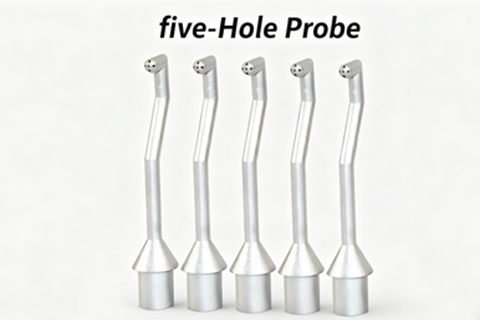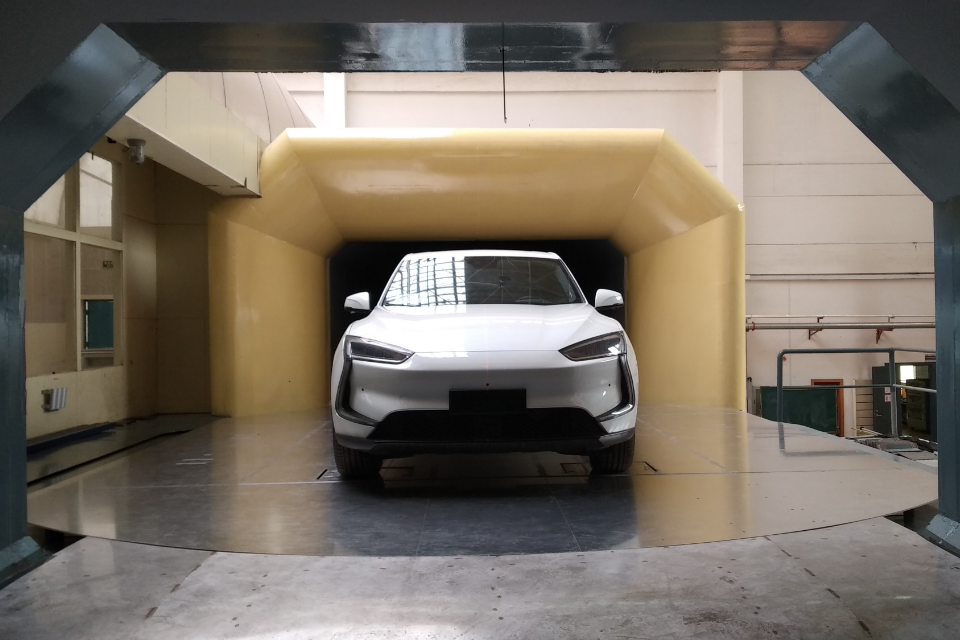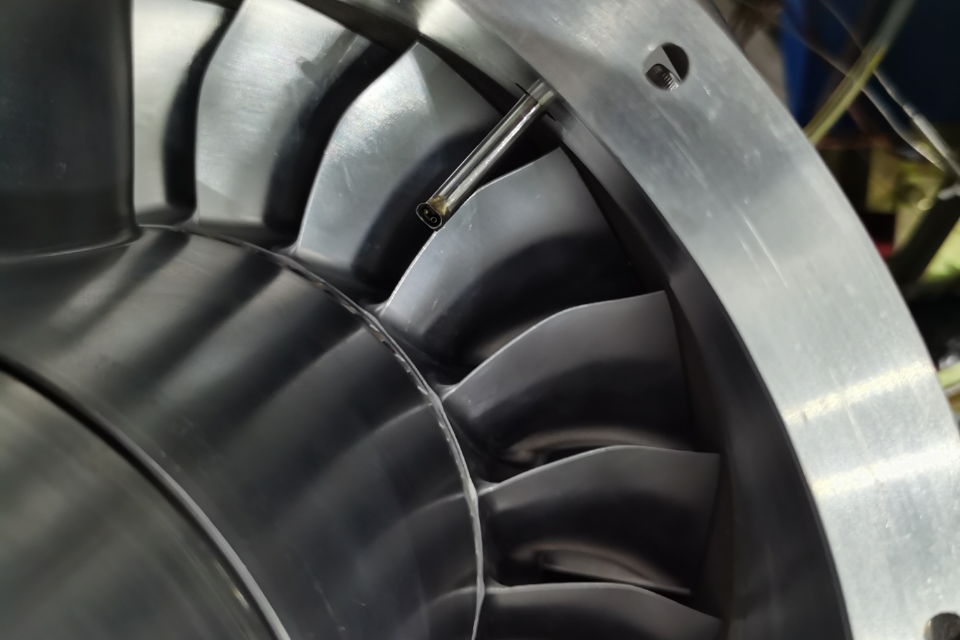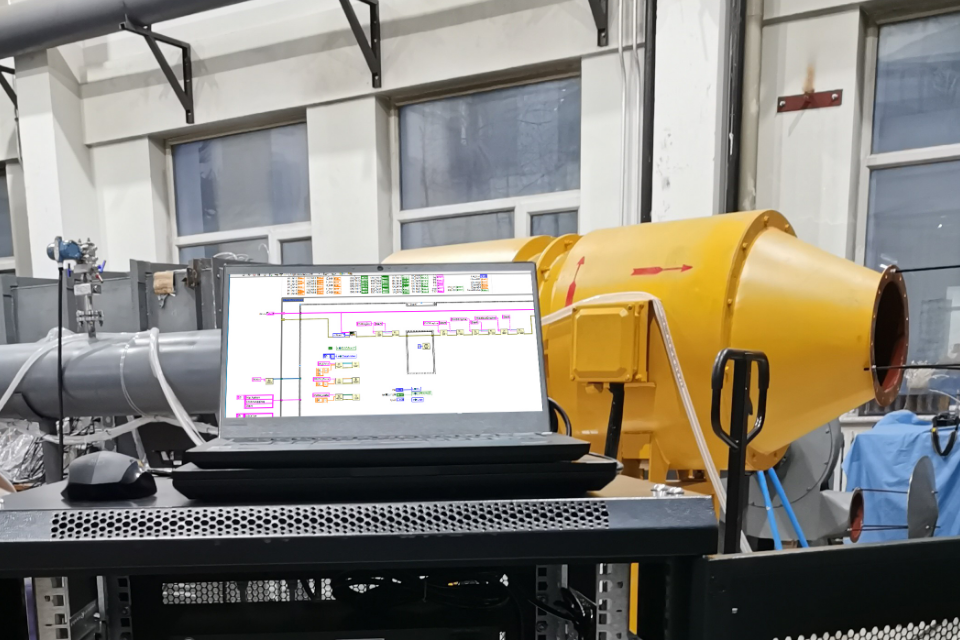1. Geometric integration: assembly error from the source
The measurement accuracy of five-Hole Probe largely depends on the relative position of the five holes in the probe head, the shape of the tip and the oil/gas topology of the inner cavity. Additive manufacturing can complete the probe shape and internal flow channel in one construction, avoiding hole position deviation and manual grinding differences caused by multi-piece assembly, and significantly improving geometric unity and repeatability. This "monomer" advantage has been verified in commercial 3D printed flow measurement probes.
2. Free design of complex internal flow channels: shorter, straighter and more symmetrical
It is generally believed in the industry that the shorter the static/dynamic pressure channel of the five-Hole Probe, the more symmetrical it is, the higher the frequency response, the smaller the phase lag, and the lower the coupling error. 3D printing technology can stably manufacture small internal channels with controlled bending radius, and realize the flow channel layout that is difficult to complete in deep hole drilling, so as to achieve better dynamic response and lower crosstalk within the same volume. The manufacturability of metal additives on "internal channels", "closed cavities", and "micro structures" is the core gain point of their relative machining.

3. Size miniaturization and invasiveness
3D additive manufacturing supports thinner walls, smaller outer diameters and more compact channel layouts, and dimensions while ensuring strength and temperature resistance, thereby reducing the disturbance of the probe to the flow field.
4. Materials and resistance: superalloy and post-treatment to ensure accuracy
five-Hole Probe for engines and high-temperature pneumatics often requires high temperature resistance, oxidation resistance and high fatigue performance. The 3D printing process can directly print navigation mark materials, and is equipped with stress relief, hot isostatic pressing (HIP), surface finishing and other processes. The comprehensive strength and airtightness can meet the requirements of harsh scenarios. The combination ability of metal additives to complex geometric high-temperature materials makes the pneumatic probe still structurally and metrologically stable in the high-temperature range, strong pulsation, and large gradient.
5. Rapid iteration and customization: R&D efficiency and long-life cost advantages
The digital direct forming characteristics of 3D printing enable rapid iteration of probe head shape, hole position layout, and channel section, adapting to different Reynolds numbers, angle of attack ranges, and installation constraints. For the test team of universities/research institutes or complete machine factories, 3D printing can complete the comparative test of different geometric schemes in a short period, significantly shortening the closed-loop cycle of "design-manufacture-calibration-shelving" and the overall cost of the prototype stage. Windtuner Technology has applied 3D printing technology to a variety of pneumatic probe designs.
Industry Representative Status and Future
While 3D printing brings greater consistency and precision to pneumatic probes, this does not mean "3D printing = better". Its performance still depends on the scientific choice of material system and process path. The engineer team of Windtuner Technology can customize 3D printing materials according to the application needs of customers, and provide professional probe calibration services to ensure that customers can put the equipment into use directly after getting it. As the first 3D printing pneumatic probe manufacturing technology enterprise in China, Windtuner Technology not only innovates in product development and manufacturing technology, but also establishes a strict control and calibration system. At present, the company's aeroprobe products have been widely used in wind tunnel experiments, UAV aerodynamic design, automotive aerodynamic testing and other fields, and have won high recognition from university research institutes and industrial enterprises.
















